NCHS: A Blog of the National Center for Health Statistics
QuickStats: Percentage of Newborns Breastfed Between Birth and Discharge from Hospital, by Maternal Age — National Vital Statistics System, 49 States and the District of Columbia, 2021 and 2022
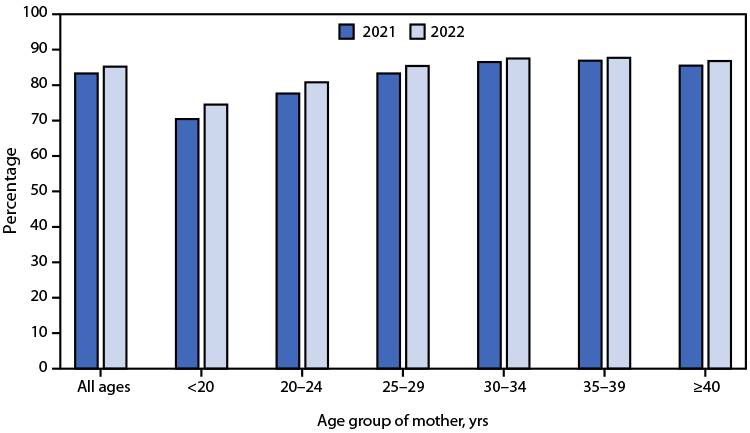
Among 49 states and the District of Columbia, the percentage of newborns breastfed between birth and discharge from the hospital increased from 83.3% in 2021 to 85.2% in 2022. Increases were observed for each maternal age group; the largest increases occurred among younger maternal age groups (70.4% to 74.5% among mothers aged <20 years and Read More >
Posted on byQ & A from the Report Author of Telemedicine Use Among Physicians

Questions for Kelly Myrick, Statistician and Lead Author of “Telemedicine Use Among Physicians by Physician Specialty: United States, 2021.” Q: Why did you decide to do a report on telemedicine usage among physicians? KM: Telemedicine technology is a shared topic of interest of the coauthors. We wanted to explore telemedicine technology by physician specialty on Read More >
Posted on byQuickStats: Percentage of Children and Adolescents Aged ≤17 Years Who Visited an Urgent Care Center or a Clinic in a Drug Store or Grocery Store in the Past 12 Months, by Age Group and Year — National Health Interview Survey, United States, 2021–2022
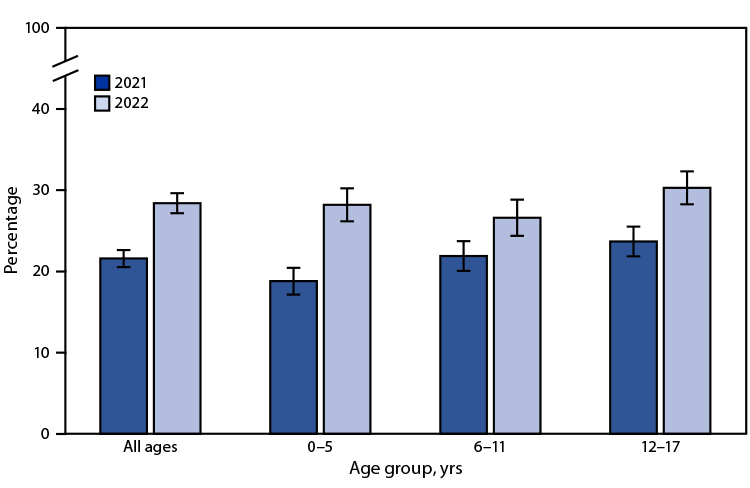
The percentage of children and adolescents aged ≤17 years who had at least one visit to an urgent care center or a clinic in a drug store or grocery store in the past 12 months increased from 21.6% in 2021 to 28.4% in 2022. This increase was noted for all age groups during 2021–2022. In Read More >
Posted on byQuickStats: Percentage of Adults Aged ≥18 Years with Diagnosed Diabetes, by Urbanization Level and Age Group — National Health Interview Survey, United States, 2022
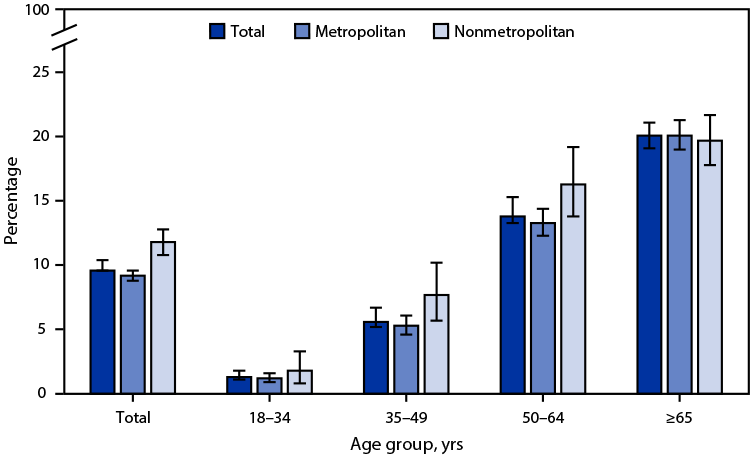
In 2022, 9.6% of adults aged ≥18 years had diagnosed diabetes, with the percentage lower among adults living in metropolitan areas (9.2%) compared with adults in nonmetropolitan areas (11.8%). The prevalence of diagnosed diabetes was lower in metropolitan areas only among those aged 35–49 years (5.3% versus 7.7%) and aged 50–64 years (13.3% versus 16.3%). Read More >
Posted on byQuickStats: Rate of Triplet and Higher-Order Multiple Births by Age of Mother — National Vital Statistics System, United States, 1998 and 2022
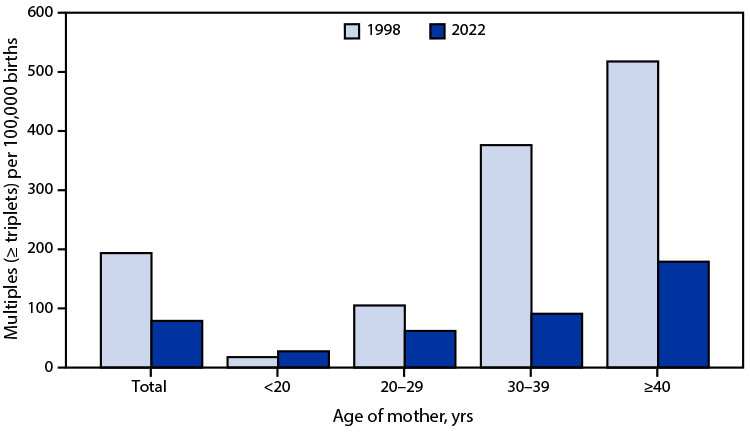
The triplet and higher-order multiple birth rate declined from an all-time high of 193.5 per 100,000 total births in 1998 to 78.9 in 2022. From 1998 to 2022, triplet and higher-order birth rates increased among mothers aged <20 years (from 17.6 to 27.5) but declined among mothers aged ≥20 years. In both 1998 and 2022, Read More >
Posted on byQuickStats: Average Number of Stroke Deaths per Day, by Month and Sex — National Vital Statistics System, United States, 2021
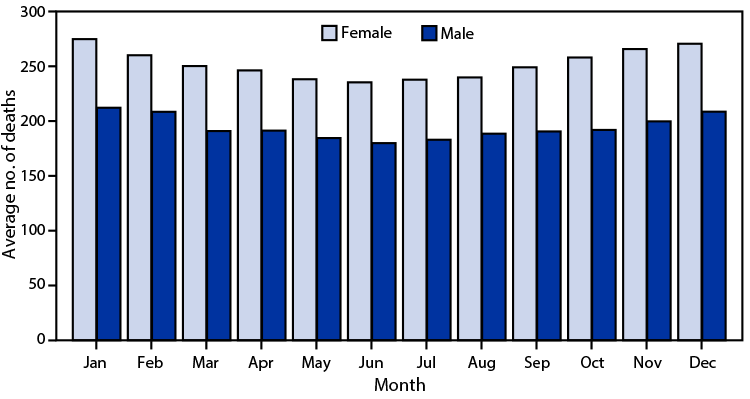
In 2021, the average number of stroke deaths per day was highest in January (275 for females and 212 for males) and then declined to a monthly low in June (235 for females and 180 for males). Beginning in July, the average number of stroke deaths per day increased for each successive month through the Read More >
Posted on byQuickStats: Age-Adjusted Percentage of Adults Aged ≥18 Years Who Received an Influenza Vaccination During the Past 12 Months, by Sex and Race and Ethnicity — National Health Interview Survey, United States, 2022
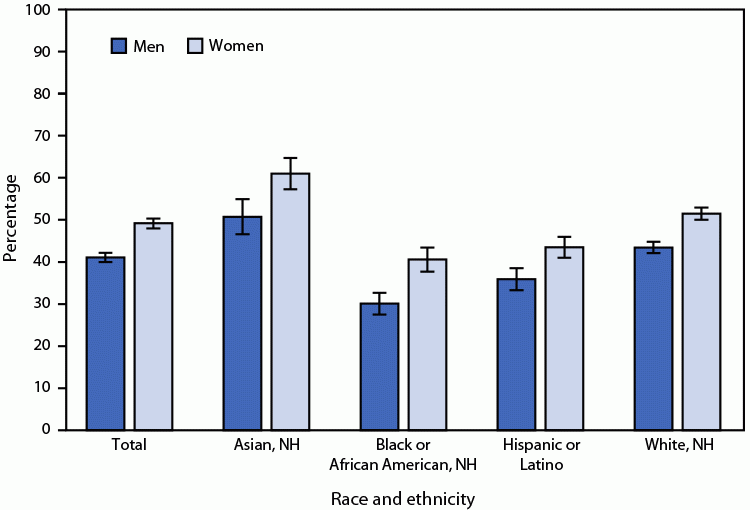
In 2022, among persons aged ≥18 years, women were more likely than were men (49.2% versus 41.1%) to have received an influenza vaccination during the past 12 months. Women were more likely than were men to have received an influenza vaccination among Asian (61.0% versus 50.7%), Black (40.6% versus 30.1%), Hispanic (43.5% versus 35.9%), and Read More >
Posted on byLife Expectancy Increases, However Suicides Up in 2022
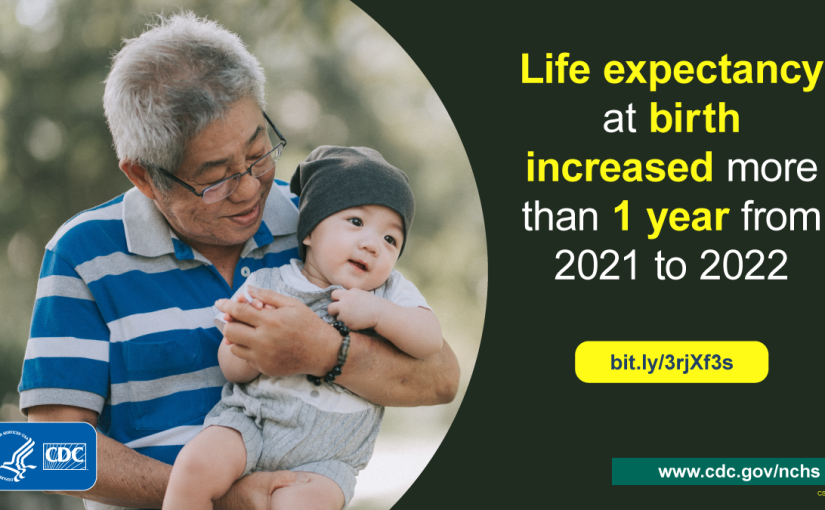
CDC’s National Center for Health Statistics released two reports today examining provisional mortality data from 2022. While analysis shows the number and rate of suicides increased for the second year in a row from, overall life expectancy at birth increased by just over a year. This increase regains some of the 2.4 years of life Read More >
Posted on byQuickStats: Percentage of Adults Aged ≥18 Years Who Rarely or Never Get the Social and Emotional Support They Need, by Sex and Disability Status — National Health Interview Survey, United States, 2021
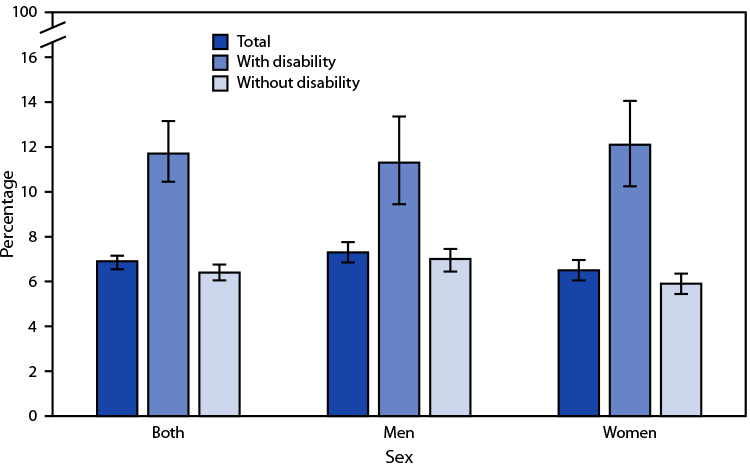
In 2021, 6.9% of adults aged ≥18 years rarely or never got the social and emotional support they needed. Overall, the percentage was higher among those with a disability (11.7%) than among those without disability (6.4%). Among men, 11.3% of those with disability rarely or never got needed support, compared with 7.0% of those without Read More >
Posted on byUnderstanding Fertility and Families for 50 Years
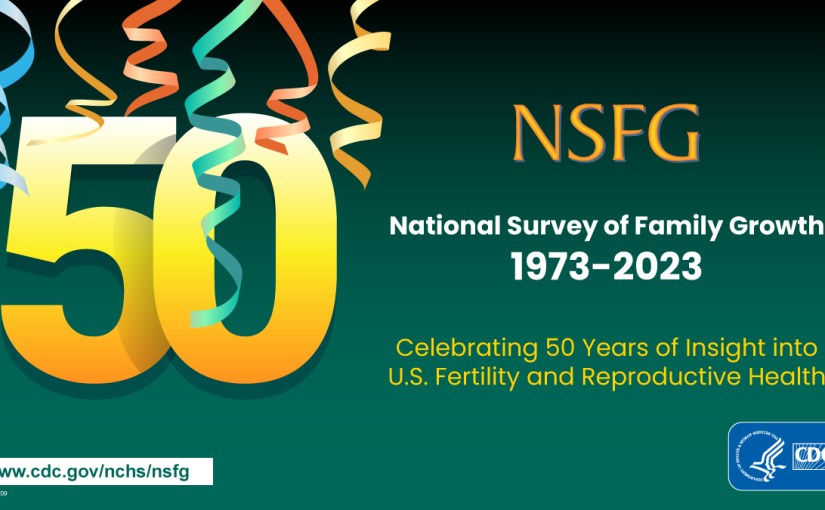
The National Survey of Family Growth is celebrating its 50th year anniversary in 2023. This survey, administered by NCHS, provides a comprehensive, nationally representative snapshot of topics related to fertility, family formation, and reproductive health in the United States. The National Survey of Family Growth’s core purpose has been to explain U.S. birth rates by Read More >
Posted on byQuickStats: Percentage of Children and Adolescents Aged 4–17 Years Who Practiced Yoga During the Past 12 Months, by Sex and Age Group — National Health Interview Survey, United States, 2022
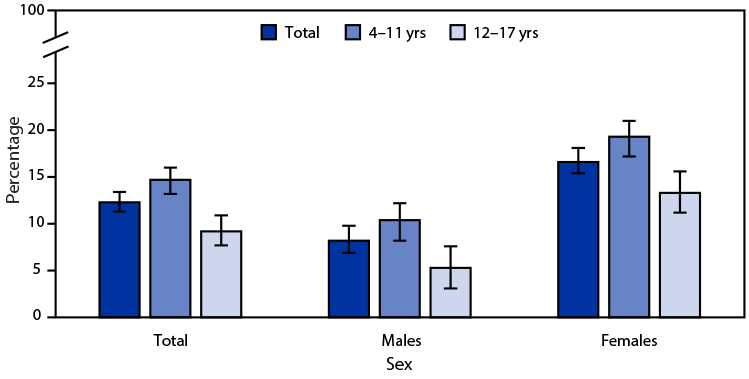
In 2022, 12.3% of children and adolescents aged 4–17 years had practiced yoga in the past 12 months. Children and adolescents aged 4–11 years were more likely to have practiced yoga than those aged 12–17 years (14.7% versus 9.2%). The declining percentages with age were found for both males and females: 10.4% versus 5.3% among Read More >
Posted on byQuickStats: Percentage of Adults Aged ≥18 Years Who Felt Very Tired or Exhausted Most Days or Every Day in the Past 3 Months, by Sex and Age Group — National Health Interview Survey, United States, 2022
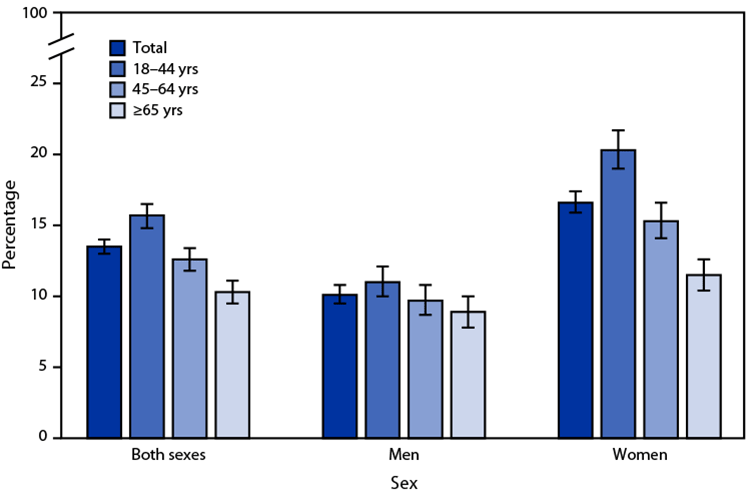
In 2022, 13.5% of adults aged 18 and older felt very tired or exhausted most days or every day in the past 3 months, and this percentage declined with age. Among men, the percentage was highest among those aged 18–44 years (11.0%), followed by those aged 45–64 years (9.7%) and ≥65 years (8.9%). Among women, Read More >
Posted on byNew Reports Examine Health Insurance Coverage in 2022

NCHS has released two new National Health Statistics Reports, “Geographic Variation in Health Insurance Coverage: United States 2022,” and “Demographic Variation in Health Insurance Coverage: United States 2022,” that describe the national estimates of different types of health insurance coverage and estimates of being uninsured. Estimates are presented by selected sociodemographic and geographic characteristics. Overall, Read More >
Posted on byFetal Mortality Declined 5% Between 2021 and 2022
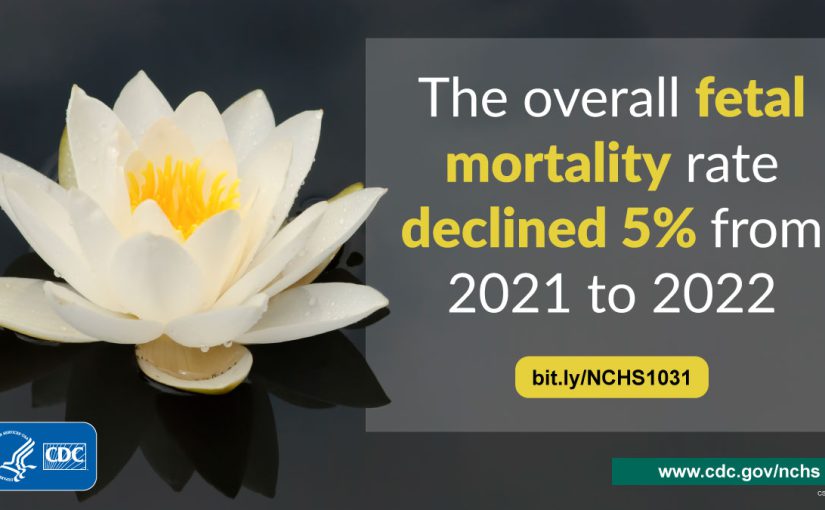
According to analysis of data from the National Vital Statistics System, the overall fetal mortality rate in the United States declined 5% between 2021 and 2022, from 5.73 fetal deaths per 1,000 live births and fetal deaths to 5.45. The Vital Statistics Rapid Release, “Fetal Mortality in the United States: Final 2020-2021 and 2021-Provisional 2022” Read More >
Posted on byQuickStats: Percentage of Adults Who Used the Internet in the Past 12 Months to Communicate with a Doctor or Doctor’s Office, by Urbanization Level — National Health Interview Survey, United States, July–December 2022
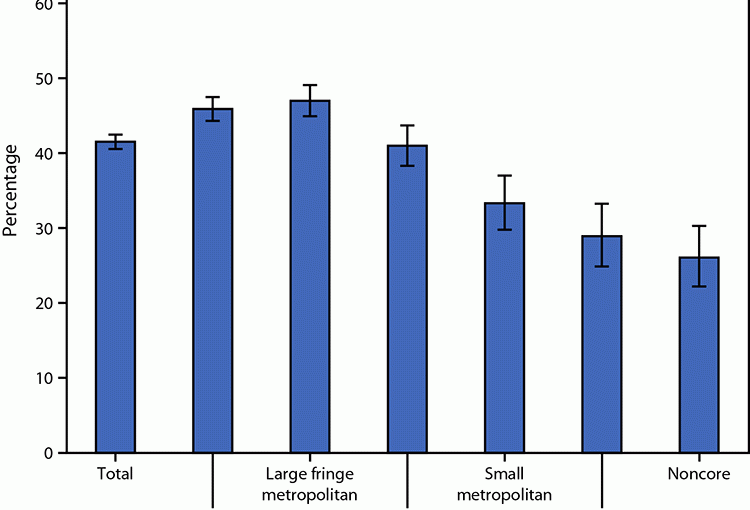
During July–December 2022, 41.5% of U.S. adults used the Internet in the past 12 months to communicate with a doctor or doctor’s office. The percentage of adults who used the Internet to communicate with a doctor or doctor’s office was highest among adults living in large central metropolitan (45.9%) and large fringe metropolitan (47.0%) counties, Read More >
Posted on byAlmost 5% of Adults Dissatisfied with Life in 2021

According to a new National Health Statistics Report from the National Center for Health Statistics, 4.8% of adults were dissatisfied with life in 2021. The report, “Demographic Differences in Life Dissatisfaction Among Adults: United States, 2021” describes differences in life dissatisfaction by selected characteristics, grouped by family income. It uses data from the 2021 National Read More >
Posted on byInfant Mortality Rate Sees First Rise in 20 Years
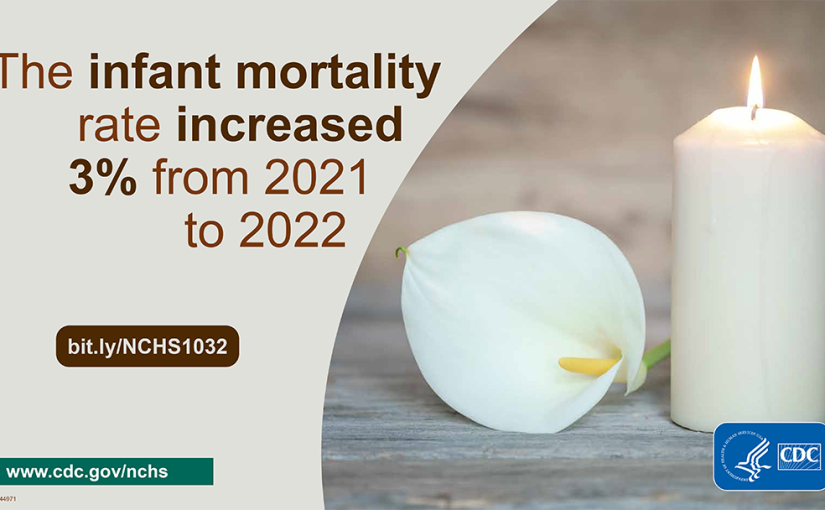
A new Vital Statistics Rapid Release report from the National Center for Health Statistics shows that the provisional infant mortality rate for the United States in 2022 rose 3% from 2021, the first year-to-year increase in the rate since 2001 to 2002. From 2002 to 2021 the infant mortality rate declined 22%. Detailed findings in Read More >
Posted on byQuickStats: Rate of Emergency Department Visits, by Homeless Status — National Hospital Ambulatory Medical Care Survey, United States, 2010–2021
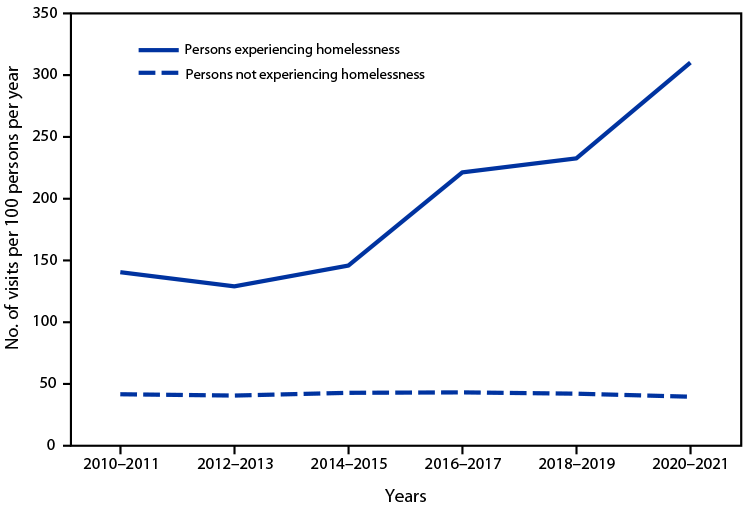
The rate of visits to hospital emergency departments by persons experiencing homelessness increased from an estimated 141 visits per 100 persons per year during 2010–2011 to 310 during 2020–2021. Rates increased during 2016–2017 compared with 2014–2015, and again during 2020–2021 compared with 2018–2019. Visit rates for persons not experiencing homelessness did not vary significantly across Read More >
Posted on byQuickStats: Age-Adjusted Death Rates for Stroke, by Region — National Vital Statistics System, United States, 2001–2021
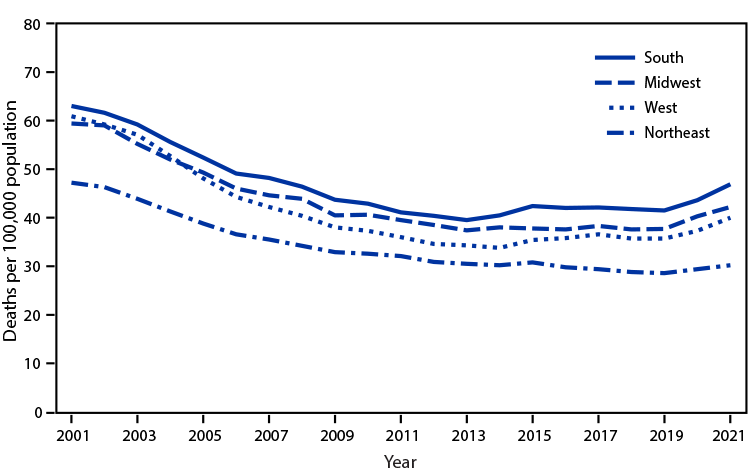
The age-adjusted death rate for stroke declined for all regions from 2001 to 2021. Stroke death rates declined from 2001 through 2013 for persons living in the South (63.0 to 39.5 per 100,000 population) and Midwest (59.4 to 37.4), through 2014 for persons living in the West (60.9 to 33.8), and through 2019 for persons Read More >
Posted on byProvisional Birth Data Now Available in CDC WONDER

As of October 3rd, the National Vital Statistics System (NVSS), part of CDC’s National Center for Health Statistics (NCHS), provisional birth data are available in CDC WONDER for the first time. Data will be updated monthly, and births through August 2023 are now available. This change is part of an ongoing effort to improve the Read More >
Posted on byNew Reports Examine Long COVID in Adults and Children
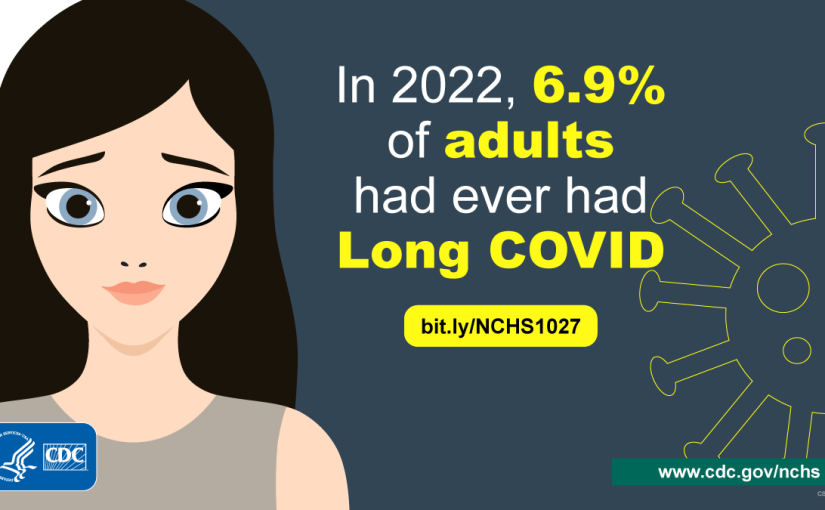
NCHS has released two new data brief reports, “Long COVID in Adults: United States, 2022,” and “Long COVID in Children: United States, 2022,” that describe the percentage of individuals who have ever had or currently have Long COVID by sociodemographic and geographic characteristics. Long COVID was defined as self-reporting the presence of symptoms for at Read More >
Posted on byQuickStats: Sepsis-Related Death Rates Among Persons Aged ≥65 Years, by Age Group and Sex — National Vital Statistics System, United States, 2021
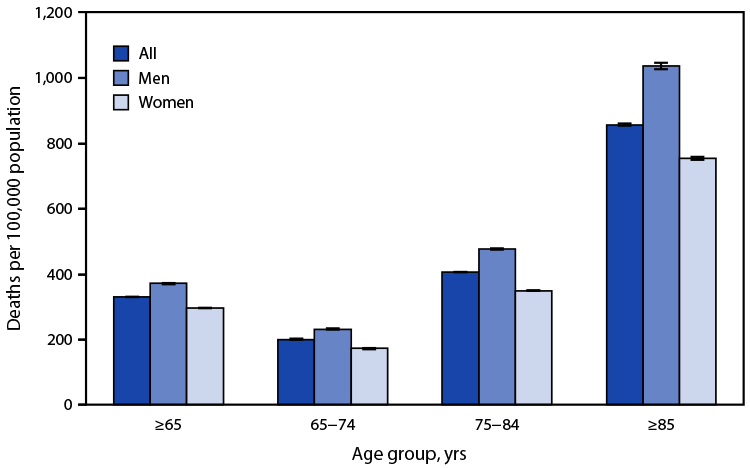
In 2021, the sepsis-related death rate among persons aged ≥65 years was 330.9 deaths per 100,000 population; the rate among men (371.7) was higher than that among women (297.4). Sepsis-related death rates among men were higher than those among women in each age group: 232.7 versus 173.0 (65–74 years), 477.3 versus 349.8 (75–84 years), and Read More >
Posted on byQuickStats: Number of Deaths Resulting from Being Bitten or Struck by a Dog, by Sex — National Vital Statistics System, United States, 2011–2021
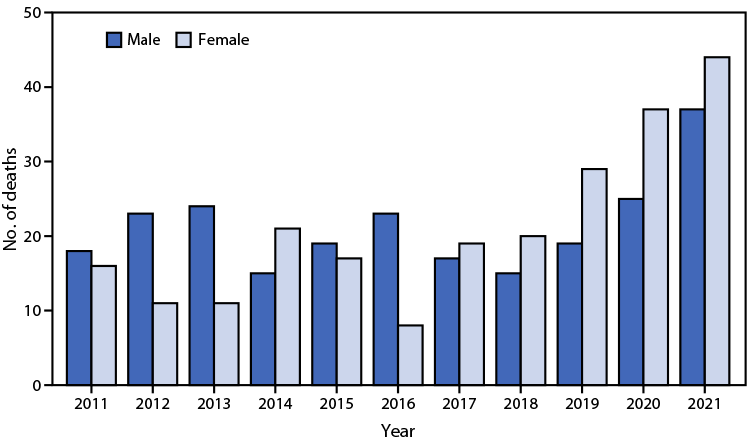
During 2011–2021, a total of 468 deaths from being bitten or struck by a dog occurred (average = 43 deaths per year). The annual number of deaths ranged from 31 (2016) to 81 (2021). During 2011–2016, more deaths occurred among males than among females during most years; however, during 2017–2021, more deaths occurred among females Read More >
Posted on byNew Provisional Mortality Data Now Available Weekly in CDC Wonder

As of September 1st, the National Vital Statistics System (NVSS), part of CDC’s National Center for Health Statistics (NCHS), has changed the frequency of provisional mortality data updates in CDC WONDER from a monthly to a weekly schedule. This change is part of an ongoing effort to improve the dissemination of vital statistics and allow for more timely insights Read More >
Posted on byQuickStats: Age-Adjusted Rates of Death Involving Exposure to Excessive Heat Among States with the Highest Numbers of Deaths — National Vital Statistics System, United States, 2021
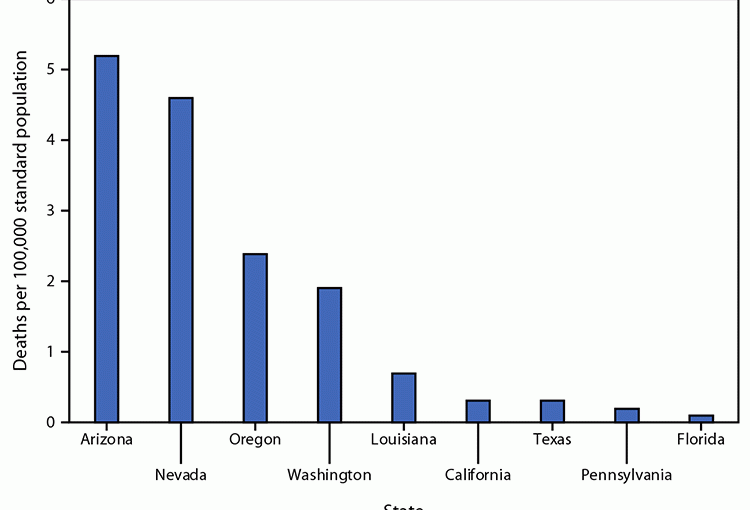
The 2021 age-adjusted heat-related death rate for the United States was 0.4 deaths per 100,000 population. A total of 1,600 deaths were reported, and nine states accounted for >75% (1,226) of those deaths. Arizona recorded 426 deaths and had the highest rate (5.2 per 100,000), followed by Nevada (4.6), Oregon (2.4), Washington (1.9), and Louisiana Read More >
Posted on by
